ASU's School of Geographical Sciences and Urban Planning launches new ‘fast-track’ programs
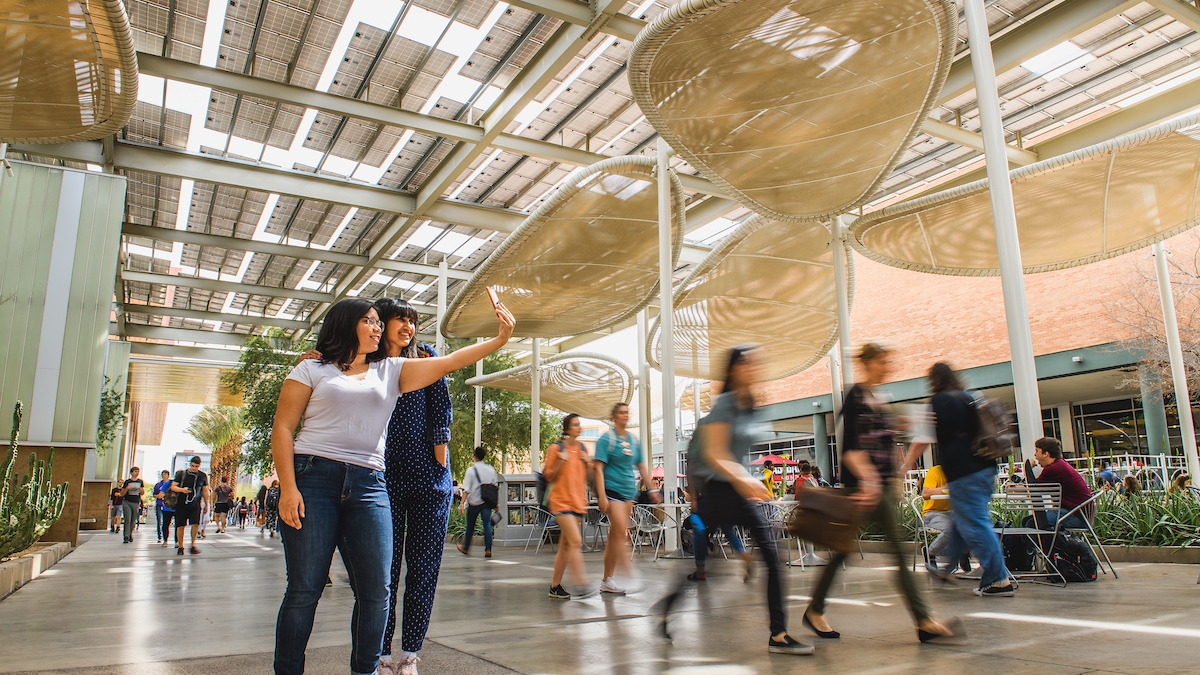
ASU students now have more opportunities to pursue a master’s degree in less time and with less financial commitment.
Arizona State University students now have more opportunities to pursue a master’s degree in less time and with less financial commitment.
The School of Geographical Sciences and Urban Planning has launched two new accelerated (4+1) degree programs, offering students the unique opportunity to advance their careers quickly and receive both their undergraduate and master’s degrees in as little as five years.
The new pathways enable qualified geography, geography (meteorology-climatology), and geographic information science (GIS) undergraduates to be simultaneously enrolled in the Master of Urban and Environmental Planning degree program in their senior year with undergraduate and graduate coursework combined for dual credit.
“These accelerated degrees help students both professionally and financially,” said Elizabeth Wentz, interim director in the School of Geographical Sciences and Urban Planning and vice provost and dean of the Graduate College. “Professionally, students can complete both a bachelor’s degree and a master’s degree in five years rather than a more traditional path which requires six years. This means, too, from a financial perspective, students then only pay five years of tuition reducing the financial burden of earning two degrees.”
Geography and GIS students can save more than $10,000 in tuition and fees versus the cost of the traditional Master of Urban and Environmental Planning degree program, and they receive accelerated interdisciplinary training.
“These new degree offerings create expedited opportunities for students to efficiently gain interdisciplinary training across geography and planning, which many of them seek given the allied nature of these fields,” said Kelli Larson, deputy director and professor in the School of Geographical Sciences and Urban Planning.
Bridging together place and location
Integrating the tools of geography and urban planning are critical to addressing environmental and social challenges faced by human societies and places today.
“As a school, we see a strong alignment between planning and geography because of the common expertise around ‘places’ and ‘location,’” Wentz said. “This tie for students means that there is a bridge between theories and methods in both disciplines to practice found both in GIS and in planning practice.”
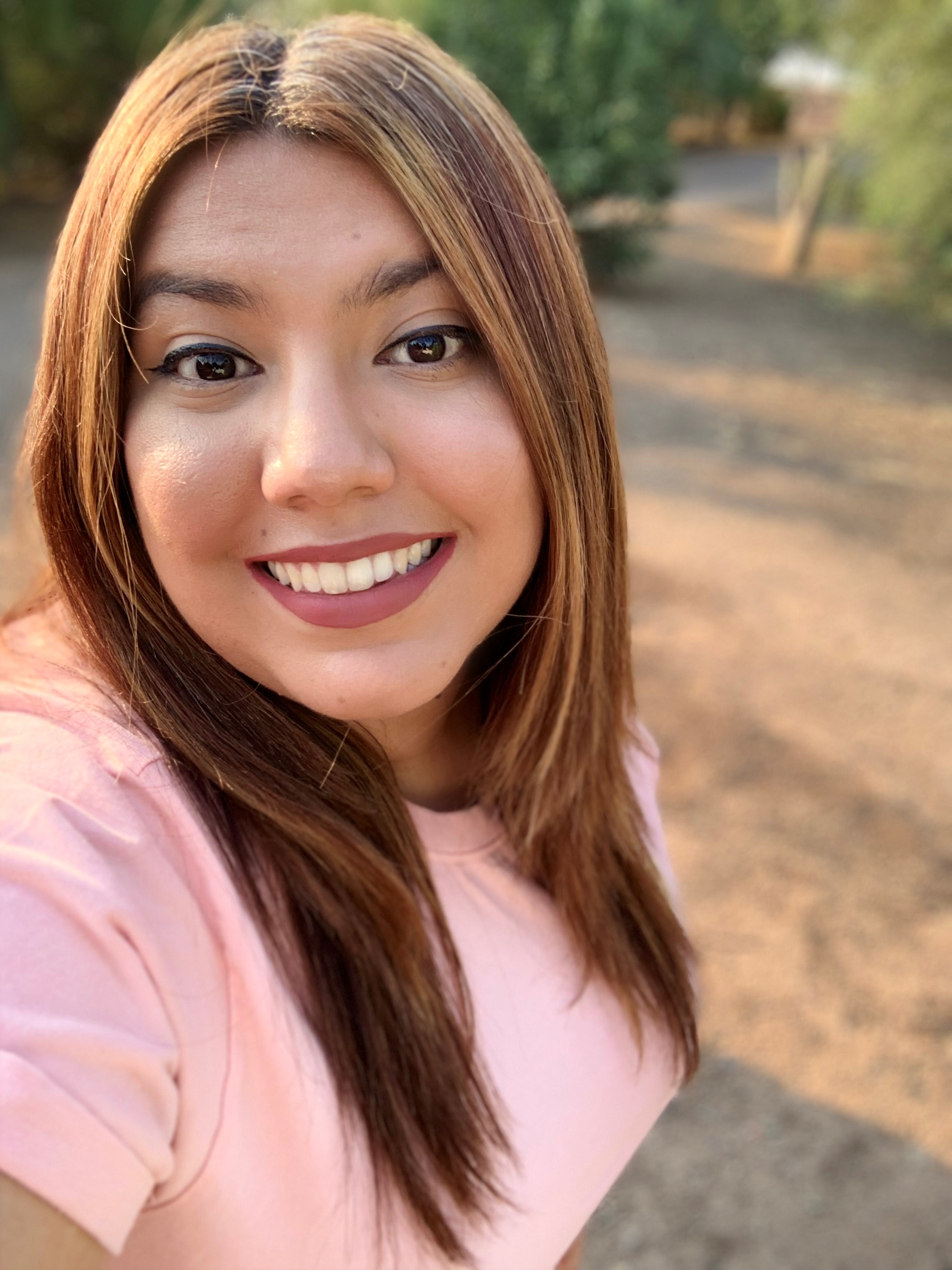
Teresa Garcia
Teresa Garcia, an ASU alumna with a double major in geography (meteorology-climatology concentration) and urban planning, and with a certificate in GIS, credits her extended studies and complementary degree programs with equipping her with a greater level of understanding of resilience planning, green infrastructure and the spatial relationships and environmental factors that influence them.
“As someone who studied meteorology, it helps me understand and see how much heat and rising temperatures take a toll on communities and people, and then bring that (knowledge) into planning,” Garcia said. “You want to make sure you have infrastructure that can withhold the high heat or reduce cooling in an area, especially for low-income communities.”
Garcia, who is also currently enrolled in ASU’s Master in Urban and Environmental Planning program, aspires to use her undergraduate and graduate degrees to become a resilience planner and create meaningful impact on communities like the one in which she grew up.
“My experience growing up in the West Valley, I saw a lot of low-income families who were just trying to live and not suffer in the heat while waiting at a bus stop that had no shade or trees,” Garcia said. “As the years went on, I’ve seen how the neighborhood has changed and what changes could be made. I’m looking forward to taking my experience from my neighborhood and my education to help a bigger city.”
Four unique accelerated 4+1 pathways
With the addition of the geography, geography (climatology-meteorology) plus Master in Urban and Environmental Planning degree program, and the GIS plus Master in Urban and Environmental Planning degree program, the School of Geographical Sciences and Urban planning undergraduate students now have four unique accelerated 4+1 programs to choose from.
Additional accelerated 4+1 degree programs offered by the School of Geographical Science and Urban Planning:
Bachelor of Arts or Bachelor of Science in geography degree or Bachelor of Science in geography (meteorology-climatology), to be enrolled simultaneously in the Master of Arts in geography degree program.
Bachelor of Science in urban planning to be enrolled simultaneously in the Master of Arts in Urban and Environmental Planning degree program.
In the past five years alone, nearly 40 students have utilized the School of Geographical Sciences and Urban Planning’s accelerated 4+1 degree programs, and more than 70% of Master in Urban and Environmental Planning graduates have found employment in planning or a related field within one year following graduation.
“Using these new pathways is a really good opportunity for students to experience the interdisciplinary nature of our school,” said Rebecca Reining, manager of graduate programs for the School of Geographical Sciences and Urban Planning, who alongside others, led the creation of the new pathways. “It gives students a different perspective, a broader knowledge base and important skill sets that have the potential to expand their marketability and competitiveness in the job market.”
For students interested in participating in the accelerated 4+1 programs for the fall 2021 semester, preliminary applications are due March 15, 2021.
For more information, visit the School of Geographical Sciences and Urban Planning accelerated 4+1 degree webpage or contact your academic adviser.
More Environment and sustainability
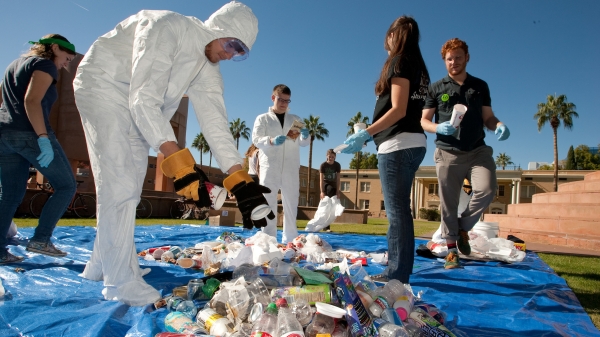
Confusion complicates US recycling efforts
In most major cities and buildings, recycling bins can often be found alongside trash bins in an effort to encourage recycling.…
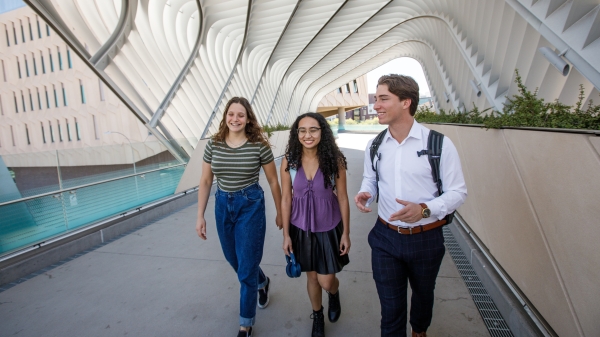
ASU empowers students to build a thriving global future
At Arizona State University, leadership has made tremendous efforts to create programs and initiatives aimed at supporting a…
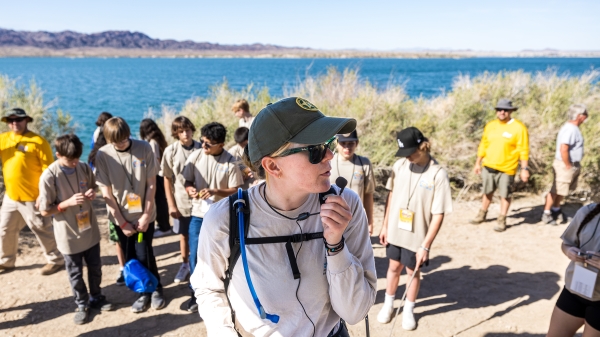
Colorado River becomes an outdoor classroom for these middle school students
Griffin Freburg doesn’t usually look forward to science class. But on a sunny day in March, the eighth grader changed his tune.…